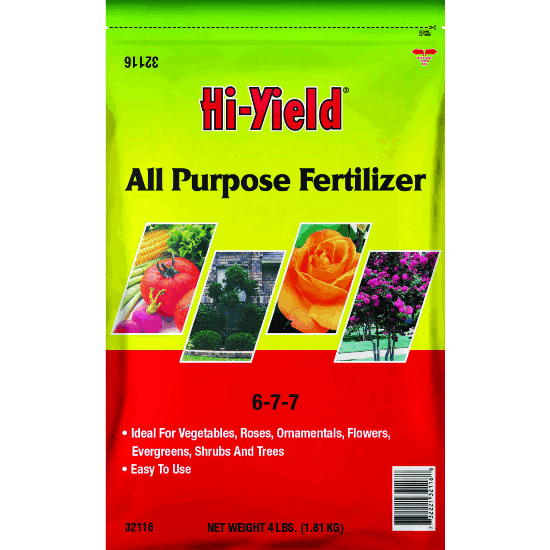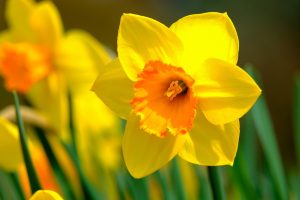As the warmth of summer envelops us and the days grow longer, June signifies a time of abundance and vitality in the garden. With a plethora of tasks at hand, June is not just a month for maintenance but also for the excitement of new growth and continual transformation. Read on for your complete June garden task checklist, filled with informative tips and personal insights.
Planting Opportunities
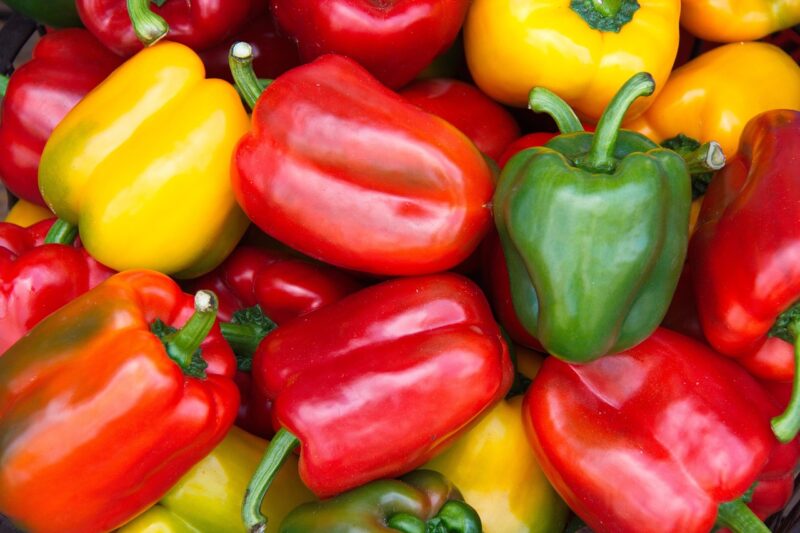
June is a dynamic month for planting. Depending on your climate zone, now is an excellent time to sow seeds or plant seedlings that will yield harvests later in the summer or early fall.
Warm-Season Vegetables: Begin or continue planting warm-season vegetables such as tomatoes, peppers, cucumbers, and squash. These plants thrive in the warm soil and are crucial for a summer harvest. Ensure you space them appropriately, allowing air circulation to reduce the risk of disease.
Herbs and Flowers: June is also a great month to plant herbs like basil, cilantro, and parsley. Adding vibrant flowers, such as zinnias, marigolds, and sunflowers, can enhance pollination and attract beneficial insects, which aid your vegetable garden.
Succession Planting: Consider succession planting for crops like beans and lettuce. This technique allows you to sow new seeds every few weeks, ensuring a continuous supply of fresh produce throughout the summer.
Watering Wisely

As temperatures rise, the need for water shifts significantly. Establishing a strategic watering schedule is essential for maintaining your garden’s health.
Morning Watering: Water your plants in the early morning to reduce evaporation and fungal diseases. This practice allows the plants to absorb moisture before the sun is at its peak.
Deep Watering: Focus on deep watering rather than frequent shallow watering. This encourages roots to grow deeper into the soil, enhancing drought resilience. Aim for about one to two inches of water per week, adjusting based on rainfall and plant needs.
Mulching: Applying a layer of mulch around your plants can help retain moisture and suppress weeds. Organic materials like shredded bark or straw not only conserve moisture but also add nutrients to the soil as they decompose.
Weeding and Pest Control

Weeds are relentless in their pursuit to compete with your plants for water and nutrients. Keeping them at bay is crucial for a healthy garden.
Regular Weeding: Spend time each week to keep weeds in check. Hand-pulling or hoeing weeds is effective, especially after a rain when the soil is loose. Aim to remove the entire root to prevent regrowth.
Natural Pest Management: With the onset of summer, pests like aphids, caterpillars, and beetles will emerge. Use companion planting, encouraging beneficial insects like ladybugs and lacewings, which naturally control pest populations.
Organic Solutions: If you face a pest invasion, consider organic solutions, such as insecticidal soap or neem oil, which are less harmful to beneficial insects and the environment.
Fertilization Techniques
Feeding your plants at the right time is vital for robust growth and a bountiful harvest. June is a key month for fertilization.
Assess Soil Needs: Before applying any fertilizers, conduct a soil test to understand nutrient deficiencies. Many garden centers offer test kits, enabling you to tailor your approach.
Balanced Fertilizers: Use a balanced fertilizer or one tailored to specific plants’ needs. If you’re aiming for fruiting vegetables, a fertilizer higher in phosphorus can support flower and fruit development.
Compost and Organic Options: Consider adding well-decomposed compost around your plants. It nourishes the soil and contributes to better moisture retention, promoting healthier plants.
Pruning and Training

With blooming and growing all around, some plants may require pruning and training to ensure they remain healthy and aesthetically pleasing.
Prune Early Bloomers: After spring flowers have faded, deadhead and prune these plants to encourage new growth and possibly a second flowering. This practice keeps the garden tidy and vibrant.
Support Structures: As plants like tomatoes and beans grow, provide support structures such as cages, trellises, or stakes. Proper support is critical to prevent plants from toppling over under the weight of their fruit.
Shape Perennials: For perennials, consider shaping them through selective pruning. This approach encourages bushier growth and often leads to healthier blooms.
Lawn Care Essentials
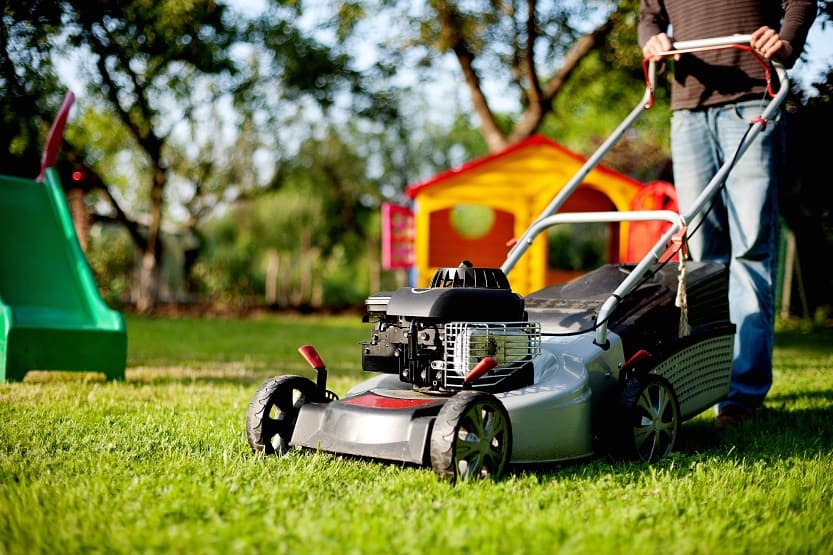
June is not just about the garden beds; your lawn also needs attentiveness to thrive during the summer heat.
Mowing: Keep your mower blades sharp and maintain the correct cutting height. Generally, taller grass (about 3-4 inches) can shade the soil, minimizing moisture loss.
Aerating: If your lawn looks compacted, consider aeration. This process allows air, water, and nutrients to penetrate the soil more effectively, promoting a healthier lawn.
Fertilization: Similar to your garden plants, your lawn may benefit from fertilization this month. A slow-release fertilizer can nourish it gradually through the warmer months.
Garden Design and Aesthetics

Beyond maintenance, June is an excellent time to enhance the design and visual appeal of your garden.
Annual Flowers: Fill empty spaces with blooming annuals for a burst of color. Flowers like petunias and marigolds add vibrancy and can be switched out as preferences change.
Garden Art: Incorporate garden art, sculptures, or decorative trellises to lend personal flair. These elements can also provide focal points that draw the eye, enhancing your garden’s aesthetics.
Pathways and Borders: Consider defining pathways with stones or mulch. This not only looks appealing but also provides easy access to garden beds for maintenance.
Monitoring Plant Health
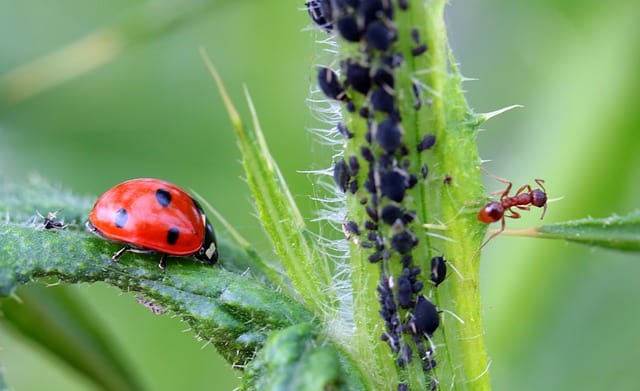
Throughout June, it’s essential to routinely check the health of your plants and garden ecosystem.
Leaf Inspection: Regularly inspect leaves for signs of disease or distress. Yellowing or spotted leaves can indicate problems that need addressing, such as nutrient deficiencies or fungal infections.
Fungal Issues: In humid months like June, fungal disease can run rampant. To mitigate risks, ensure good airflow and avoid watering foliage during the evening.
Observe Growth Trends: Keep notes on plant growth rates and behaviors. Observing changes over time can alert you to underlying issues and inform future gardening practices.
Container Gardening Considerations
For those who garden on balconies or patios, June offers unique challenges and opportunities.
Choose the Right Plants: Opt for heat-tolerant plants in containers that won’t dry out quickly. Herbs, succulents, and flower varieties like petunias can perform well in these conditions.
Consistent Watering: Container plants often require more frequent watering due to limited soil volume. Check soil moisture regularly and water thoroughly when dry.
Fertilize Twice as Often: Container plants benefit from additional nutrients. Use a liquid fertilizer every few weeks to support healthy growth, particularly during their peak growing period.
Planning for the Upcoming Seasons
Finally, as June draws to a close, it’s beneficial to start planning for the next growing seasons.
Fall Planting: If you plan to grow fall crops like kale, broccoli, and winter squash, now is the time to prepare the soil and plan where these will be planted.
Seed Collection: If you have flowering plants that go to seed, consider collecting seeds in the fall for next year’s planting. Label them clearly to avoid confusion later.
Reflect and Adjust: Take some time to reflect on your garden’s performance this spring and early summer. Note what worked well or needs adjustment, so you can refine your approach for the next growing season.
Conclusion
June is an incredibly vibrant and busy month in the garden. With diligent attention to planting, watering, pest management, and design, your outdoor space can flourish like never before. Each task contributes not only to the health of your garden but also enhances your relationship with nature. As you walk through your green sanctuary, you’ll see the fruits of your labor come to life, creating a beautiful and bountiful space to enjoy all summer long.



